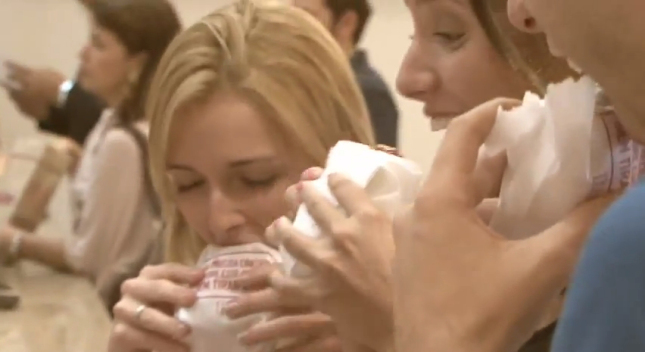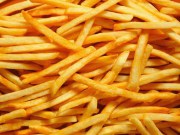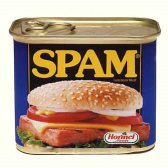Brazilian burger chain Bob’s recently got a lot of press for introducing edible wrappers made of rice paper. With the tagline of “there’s no need to control yourself” emblazoned on the wrappers, the chain said it was testing them for environmental reasons.
Bob’s proclaimed the test a success, with less packaging waste as a result. Here’s a video of customers chowing down on the wrapper/burgers:
If there was a bigger food gimmick in 2012 - and there were many, from bacon sundaes to burgers with black buns - I certainly didn’t see it. What Bob’s and pretty much all the reports on the stunt failed to mention is just how important human senses are when it comes to eating food. The edible wrapper counters several of them.
The brain and senses are hardwired to enjoy certain foods, with our eyes and noses generally acting as the first line of defense. If something looks or smells off, we won’t eat it, which is why there are so few black-coloured foods (black usually means rotten to the brain). It’s how early humans were able to survive long enough for all of us to get here.
It’s also why some of the people in Bob’s video - who were doubtlessly given free burgers if they promised to eat them with wrapper on camera - looked confused before taking a bite. Humans have to consciously trick their brains into eating something sight (or scent) unseen.
One last problem is the texture of the packaging - there’s just no way to track the human brain into thinking that eating paper is fun or desirable.
Harvard professor David Edwards might be on the better track, with his invention last year of WikiCells, a sort of see-through edible packaging made from natural materials. This type of packaging allows consumers to see what they’re eating and it can also be naturally scented, so it can actually add to the desirability. It also doesn’t have a weird texture.





